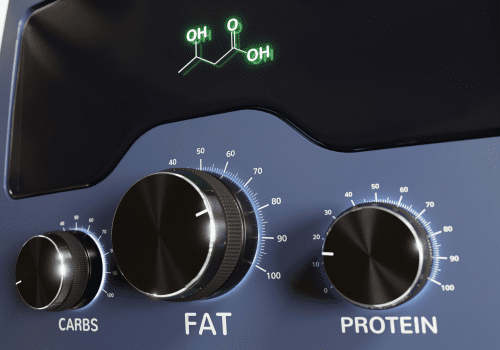
Simple changes make for long-lasting results in anything we do and when one is talking about diet the same is true. Focusing on how many proteins, carbohydrates, and fats one is consuming can help you get started making healthy, balanced choices. The first thing I would recommend utilizing right away is a free app called, MyFitnessPal. This is a great resource that can help reduce the headache of logging your food in a journal and manually counting calories. Many of us think we are eating enough calories and picking the right foods, but when you put pen to paper you may find a different result.
So what are macros? Simply stated, macronutrients are the main nutrients, protein, fat, and carbohydrates, that are needed to keep our bodies moving. They provide energy and support basic bodily functions. No matter how you are currently eating, you are technically eating a macro diet, though your choices and amounts may not be ideal. Following your macros encourages a better understanding of the basic food groups and creates a greater balance in eating.
Macronutrient #1: Carbohydrates
Carbohydrates are our most basic energy source. Our body breaks down carbs into glucose, the most efficient form of energy, and uses it to power our body daily. When one thinks of carbohydrates they typically think of rice, pasta and breads. It is important to realize that carbs also include fruits and vegetables. If you are feeling fatigued, constipated, craving carbs, or are having trouble concentrating you may need more. Your activity level or fitness goals are also important when determining how many carbohydrates one may need to sustain the energy required daily.
Macronutrient #2: Protein
With the documentary Game Changers hitting Netflix I have recently received more questions on how one can eat only plant-based protein and still gain muscle. This is challenging to do. Meat is not bad, and one can still be healthy when consuming meat-based protein. There are of course choices that are better than others. Protein is a necessary component to build muscles and organs, form enzymes, and repair tissue. We must get protein from an outside source as this is the only macronutrient our body cannot form on its own from a different macronutrient such as carbohydrates or fat. The first sign you are not getting enough protein is fatigue and muscle loss. Remember that muscle weighs more than fat so if you are seeing the scale decrease it isn’t always a good sign. Try to get away from weighing yourself on a scale as this can be a poor indicator of one’s health. If we are not getting enough protein from an outside source our body will take protein away from our own muscle, hair, skin, and nails. Foods that are high in protein are meat, seafood, dairy, poultry, eggs, and legumes. There can be too much of a good thing and over consuming protein can have undesirable effects as cramping and constipation.
Macronutrient #3: Fat
Please do not fear fat! Fat is the most energy-dense macronutrient, so our body turns to it as a source of fuel if there aren’t enough carbs available. The Keto diet, which focuses on consuming high fats and low carbs, has many hopping on the bandwagon and changing the way they are eating without completely understanding the problems that can occur when skewing the macro balance in this fashion. Not all individuals are alike and there is not a one size fits all diet either. Men and women have different needs. Certain health conditions need different nutrients. Without understanding all aspects of a diet, you may create more issues and negatively impact your health. I recommend balanced eating versus eating a “trending diet” without consulting your health profession prior to see if it would be a good fit for you. Fat is necessary to absorb vitamins such as A, D, E, & K. It is also an essential part of our cell membranes, hormones, and our body needs it to function. Cooking oils, such as olive, coconut, avocado, and grapeseed are great fat options. Food sources such as eggs, nuts, seeds, poultry, meat, fish, and avocado also serve as great options. If you are not feeling full after eating you may need more healthy fats in your diet. Indigestion, constipation, and diarrhea can all point to a high fat diet that isn’t properly balanced.
What do I need?
Again, everyone is different. Genetics, activity level, gender, and health status all play a role in finding the right distribution of macros. A rule of thumb for most is 40-60% of your meal focuses on carbohydrates, 20-30% on proteins, and 15-30% on fats. The use of an app like MyFitnessPal can remove the guesswork from eating. Noting what you ate, how much you ate, and how you felt can pain a clear picture. Of course, it is important to consult a health professional who is knowledgeable in nutrition so they may provide recommendations and tailor an eating plan to fit your needs. Trust your body and listen to what it is telling you. It is important to strike a healthy balance in everything we do. We are here at Venture to help you move better, feel better, and be a better you. We can help you understand what you may need and can provide options to keep you healthy before a health issue arises. Please let us know if we can help!
–Melanie Dockter DC CACCP



